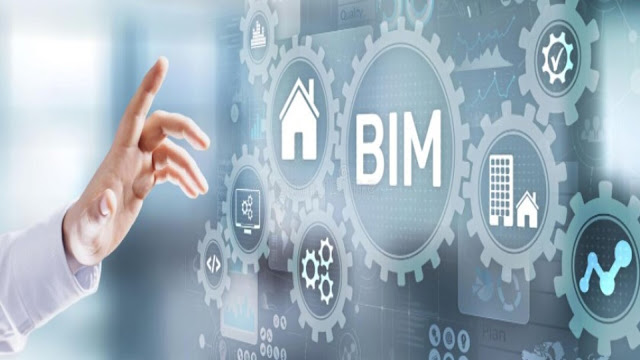A Comprehensive Guide to MEP BIM Modeling Services for Architects and Engineers
Building Information Modeling (BIM) is an advanced technology that has revolutionized the way building projects are designed, constructed, and managed. It has become an essential tool for architects and engineers in the construction industry, enabling them to work more efficiently and accurately. One of the key areas of BIM is MEP (Mechanical, Electrical, and Plumbing) modeling services, as well as Scan to BIM services. MEP modeling involves the creation of 3D digital models that represent the mechanical, electrical, and plumbing systems of a building, while Scan to BIM services involve the conversion of point cloud data from 3D laser scans into BIM models. In this blog, we will provide a comprehensive guide to MEP BIM modeling services, including Scan to BIM, for architects and engineers.
What are MEP BIM Modeling Services?
MEP BIM modeling services involve the creation of 3D digital models that represent the mechanical, electrical, and plumbing systems of a building. These models are created using BIM software such as Revit, Autodesk, MEP, and Navisworks. MEP BIM modeling services can be used in various stages of a building project, from initial design to construction and maintenance.
Benefits of MEP BIM Modeling Services:
MEP BIM modeling services offer many benefits to architects and engineers, including:
Improved Coordination: MEP BIM models provide a centralized platform for collaboration and coordination between architects, engineers, and contractors. They can detect and resolve clashes and conflicts before construction, saving time and costs.
Accurate Design: MEP BIM modeling services allow for accurate design and modeling of building systems, reducing the risk of errors and inconsistencies.
Enhanced Visualization: MEP BIM models provide a 3D visualization of building systems, allowing architects and engineers to understand the spatial relationship between different components and systems.
Increased Efficiency: MEP BIM modeling services allow for faster and more efficient design changes, reducing the time required for project completion.
Cost Savings: MEP BIM modeling services help to identify potential issues and errors early in the design process, reducing the need for rework and preventing costly mistakes during construction.
MEP BIM Modeling Services for Architects:
MEP BIM modeling services are essential for architects as they provide a clear understanding of building systems and their impact on the overall design. Some of the MEP BIM modeling services that architects can benefit from include:
HVAC Design: MEP BIM modeling services can be used to design and model heating, ventilation, and air conditioning (HVAC) systems, ensuring optimal energy efficiency and occupant comfort.
Lighting Design: MEP BIM modeling services can be used to design and model lighting systems, ensuring optimal lighting levels and energy efficiency.
Fire Protection Systems: MEP BIM modeling services can be used to design and model fire protection systems, ensuring compliance with safety regulations.
MEP BIM Modeling Services for Engineers:
MEP BIM modeling services are equally important for engineers as they provide accurate data for analysis and simulation. Some of the MEP BIM Modeling Services that engineers can benefit from include:
Energy Analysis: MEP BIM modeling services can be used to analyze and simulate energy usage and efficiency, identifying potential savings and reducing the carbon footprint.
Pipe and Duct Sizing: MEP BIM modeling services can be used to size pipes and ducts for optimal performance and efficiency.
MEP Coordination: MEP BIM modeling services can be used to coordinate building systems, ensuring that they are installed and functioning correctly.
Conclusion:
MEP BIM modeling services are essential for architects and engineers in the construction industry. They provide accurate data, improved coordination, and enhanced visualization, saving time and costs and improving project outcomes. By leveraging the benefits of MEP BIM modeling services, architects and engineers can design and construct buildings that are energy-efficient, safe, and comfortable for occupants.

.jpg)



Comments
Post a Comment